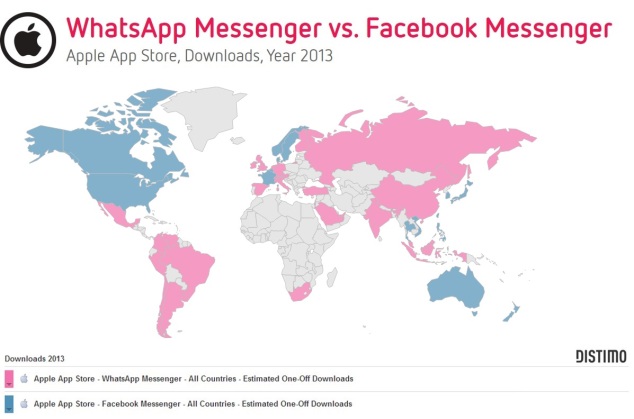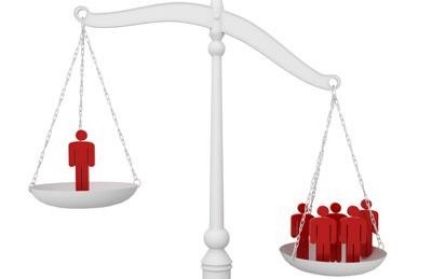Social Media Marketing will remain effective as long as people/members on social media don’t lose their social engagement appetite on social networking sites (like Facebook), professional networking sites (like LinkedIn) and/or social sharing websites (like YouTube, Twitter, Pinterest, Instagram, Digg, Reddit etc.).
 The sheer idea of people losing interest in such websites will cause advertisers to look for different territories to find target audiences, thereby influencing the development of the social media industry itself and its advertisement-based models, when investment money stops pouring in as it used to the last 15+ years.
The sheer idea of people losing interest in such websites will cause advertisers to look for different territories to find target audiences, thereby influencing the development of the social media industry itself and its advertisement-based models, when investment money stops pouring in as it used to the last 15+ years.
My own depiction of the dependency-relationship Social Media and Marketing have, is as follows:
- Social Media Companies need Investors
- Investors need Return on their Investment (ROI)
- Investor’s ROI needs Social Media Success
- Social Media Success for Investors needs Advertisement Money
- Advertisement Money needs High Marketing ROI Guarantees
- High Marketing ROI Guarantees need High On-site Engagement Statistics
- High On-site Engagement Stats need Big Members Bases & Advertisement Model Development
- Big Members Bases Growing & Advertisement Model Development need Investment to Achieve Fast Development & Exposure
- Investment to Achieve Fast Development & Exposure need the Marketing industry to promote Social Media massively
- The Marketing Industry builds a natural “livelihood alliance” with Social Media, and the circle is round again.
This basically means that as long as member-bases, overall engagement rates and on-site browsing rates do not show alarming decline or become threatened by a new more popular entrant or a next-better-thing, like Skype or Whatsapp (social media Apps), typical social media websites will continue to thrive at exponential and hard to keep rates.
And if such “threats” appear to be eminent, the affluent giants (like Facebook & Twitter) will “annex” them through acquisition, exactly like Facebook did with it’s $19 billion acquisition of Whatsapp.
Birth of an alliance
Marketing through social media arose from the basic foundation which marketing has always thrived on, which is reaching target audiences with tailored marketing messages to achieve maximum exposure and high guarantee of marketing ROI (whether sales related or brand awareness related).
Social Media created the ultimate “reality version” of what was viewed as a “fairy tale world” to the mighty marketing industry, where (potential) customer are no longer fragmented & difficult to reach or to define, but rather gathered, connected & organized happily & voluntarily, in one place (like Facebook, a specific Facebook group or a country-category) to receive the marketing initiatives of businesses and organizations, while members (again, voluntarily) share & contribute their own “user-generated content“, either providing insights for research analysts, facilitating profile-targeting advertising techniques OR spreading the word among their virtual social network members (who are often members of real-life social networks too).
Viral Magic
The very nature of social media, allows for a strange effect never before experienced in the world of marketing, which is the so-called viral-spread of information, or Viral Marketing.
Viral Marketing means that if every five people who liked (not by smiling at it but by clicking on it) your Facebook updates or Twitter tweet shared this with all of their Facebook friends” or “Twitter followers”, and their friends did the same in a continuous domino-effect of sharing, the number of people who would read your text or click on the link initially posted by you 10 minutes ago, may suddenly be in thousands, in a “split of a second” (or at the click of a mouse).
And all of this is still done happily and voluntarily by the social media crowd. Plus, there is little to no annoyance any more from unwanted SPAM emails jamming your e-mail box or advertisement flyers and folders stuffed in your real home-mail box! How so happily and voluntarily?
Well,
- Happily, because membership is mostly free & it allows for convenient social interaction with dear ones or new others.
- Voluntarily, because registration, content posting and content sharing are facilitated & encouraged by design AND protection of privacy is left to the control of the members themselves (to an acceptable but controversial extent), through the indispensable “privacy settings” option.
Both the marketing industry & the social media players will make sure such a massive marketing platform (better to say an ever expanding marketing universe) will not lose its shine that soon!
It’s a strong & hard to break alliance!

















